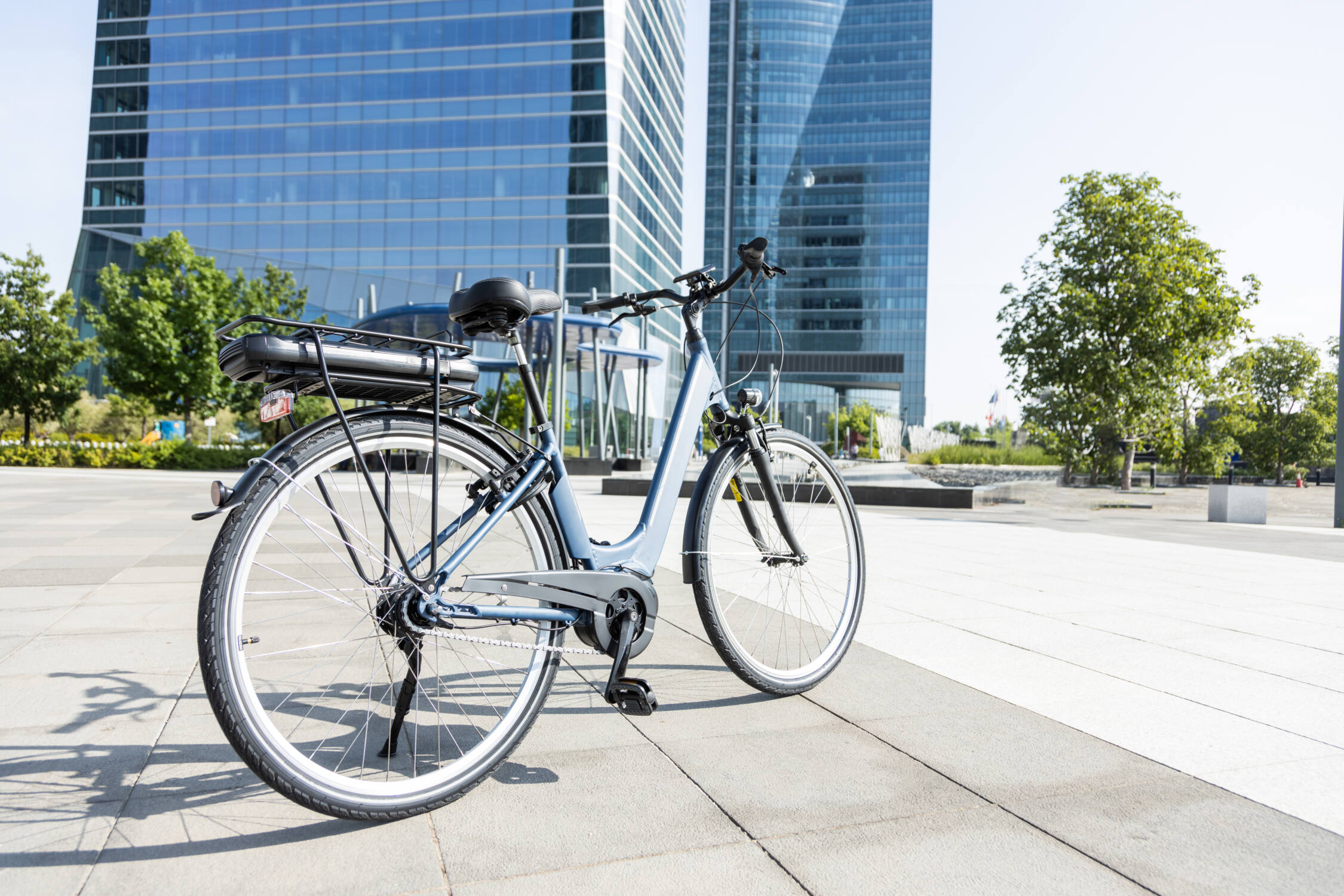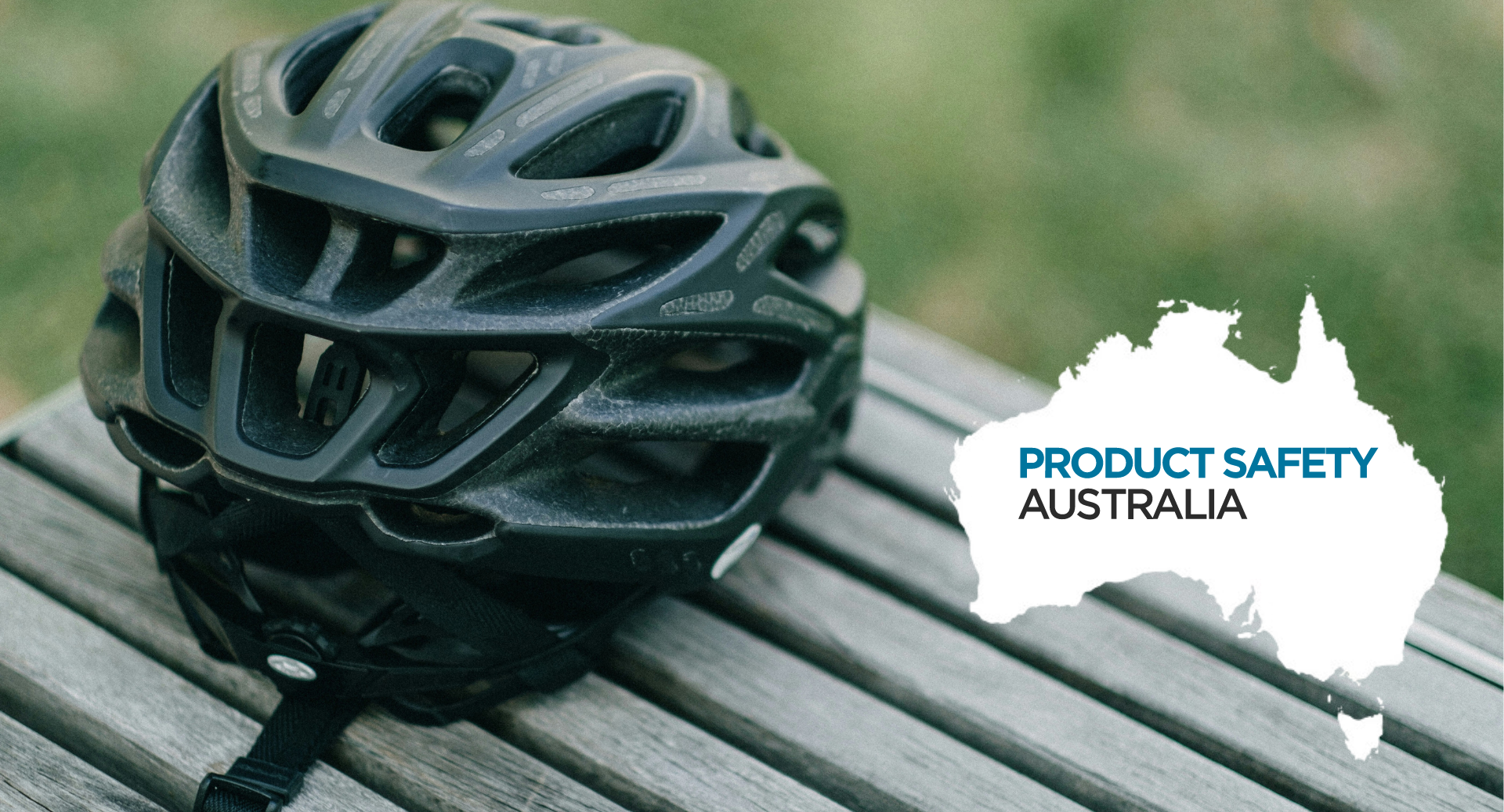
In a world where urban mobility is constantly evolving, light electric vehicles (LEVs) have emerged as a sustainable and efficient solution to navigate crowded city streets. As the popularity of LEVs continues to soar, ensuring their safety has become a matter of national importance. This is where third-party accredited laboratories play a pivotal role, conducting rigorous safety testing to guarantee that these compact electric wonders meet the highest standards of safety and reliability.
Want to learn more about LEV testing for your products? Contact us today to learn more and get started.
Categories and Subcategories
The classification of LEVs based on their mass in running order introduces a nuanced framework, setting the stage for meticulous safety testing. Category 1, with a maximum mass of 55 kilograms, further splinters into 1a and 1b. The former embraces pedal-assisted electric vehicles like electric (cargo) bikes, while the latter houses vehicles without pedal assistance—electric scooters and Segways, collectively referred to as Personal Light Electric Vehicles (PLEVs). Beyond this, Category 2 emerges, catering to LEVs with a mass exceeding 55 kilograms, designed for the transport of goods or multiple passengers, exemplified by the BSO-bus and large eCargo bikes.
Key Components of Safety Testing for LEVs:
While specifications for testing procedures vary on the type of LEV being tested, some of the most common things testing include:
Electrical Safety: Voltage and current measurements: Evaluate the electrical components to ensure they operate within specified limits.
Insulation resistance tests: Verify that electrical insulation is adequate to prevent electrical shocks.
Battery safety: Assess the integrity and stability of the battery, including protection against overheating and short circuits.
Mechanical Safety:
Durability testing: Examine the structural integrity of LEVs under various conditions to ensure they withstand regular use and potential impacts.
Braking performance: Evaluate the effectiveness of braking systems to guarantee quick and reliable stops.
Stability and balance: Assess the vehicle’s stability and balance to prevent accidents and falls.
Environmental Testing:
Temperature and humidity tests: Examine how LEVs perform in different environmental conditions to ensure they remain operational and safe.
Water resistance: Test the resistance of LEVs to water, preventing damage due to rain or other wet conditions.
Performance Testing:
Speed and acceleration tests: Evaluate the vehicle’s performance to ensure it meets specified speed limits and accelerates smoothly.
Range testing: Assess the actual range of LEVs on a single charge to provide accurate information to consumers.
Climbing capability: Test the vehicle’s ability to navigate inclines and declines safely.
Control system testing: Ensure that user controls are intuitive, responsive, and provide a seamless riding experience.
Emergency shut-off: Verify the presence and effectiveness of emergency shut-off mechanisms to prevent accidents in case of malfunctions.
Benefits of Third-Party Accredited Testing:
Benefits of 3rd-Party Testing
Depending on your intended distribution region and vehicle type, you may be required to complete testing with a third-party laboratory. Regardless, there are many benefits to choosing to undergo comprehensive testing before taking your LEV to market:
Objectivity: Third-party laboratories operate independently of manufacturers, ensuring an unbiased evaluation of LEV safety. Consumers can trust the results of safety testing as they come from a reliable and impartial source.
Compliance with Standards: Third-party laboratories test LEVs against international safety standards, such as ISO and IEC, ensuring global compliance. Manufacturers receive clear feedback on areas that need improvement to meet or exceed safety benchmarks.
Consumer Confidence: Safety certifications from third-party laboratories instill confidence in consumers, assuring them that the LEVs they choose have undergone rigorous testing. Enhanced consumer trust leads to increased market acceptance and brand loyalty.
Legal Compliance: Meeting safety standards is not only a consumer expectation but also a legal requirement in many regions. Third-party testing helps manufacturers ensure legal compliance and avoid potential liabilities related to safety issues.
About ACT-LAB
ACT-LAB is an ISO/IEC 17025 accredited laboratory that conducts consumer product safety and compliance testing for an active world. We can help ensure that your products both meet industry standards and are inspected to ensure the utmost quality.
To learn more about our tests contact us today.
Read more about our accreditations here.
 ISO/IEC 17025 Accredited Independent Testing Laboratory
ISO/IEC 17025 Accredited Independent Testing Laboratory









